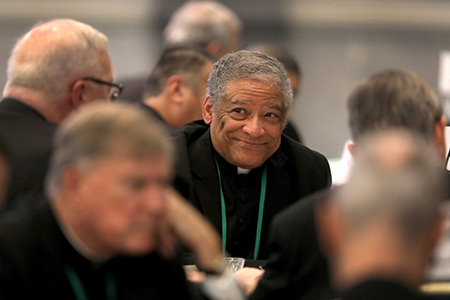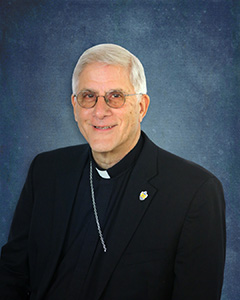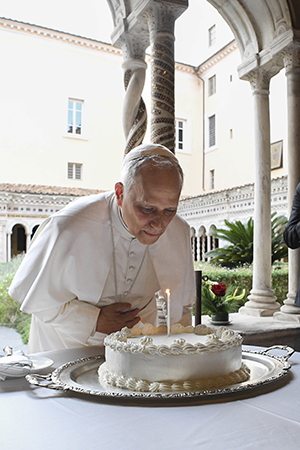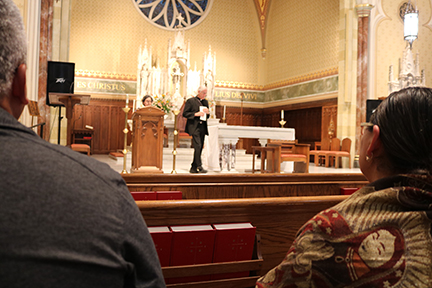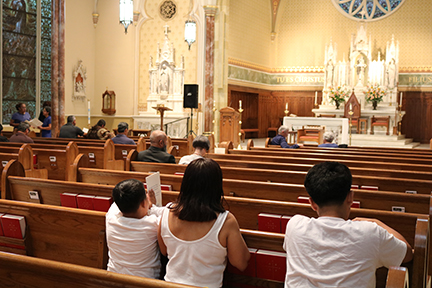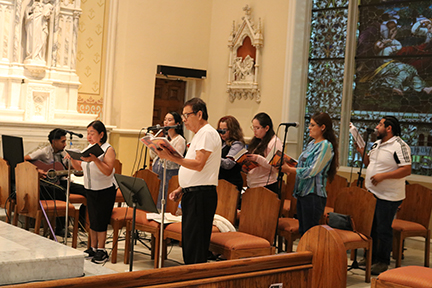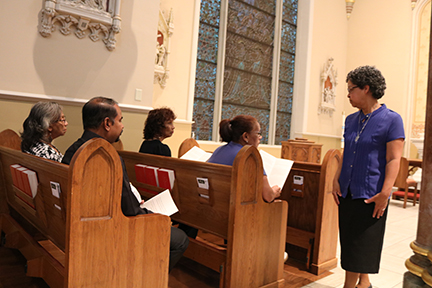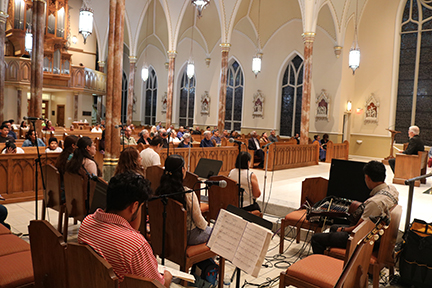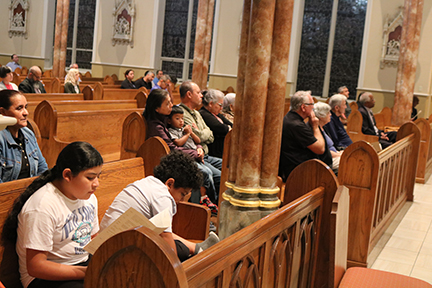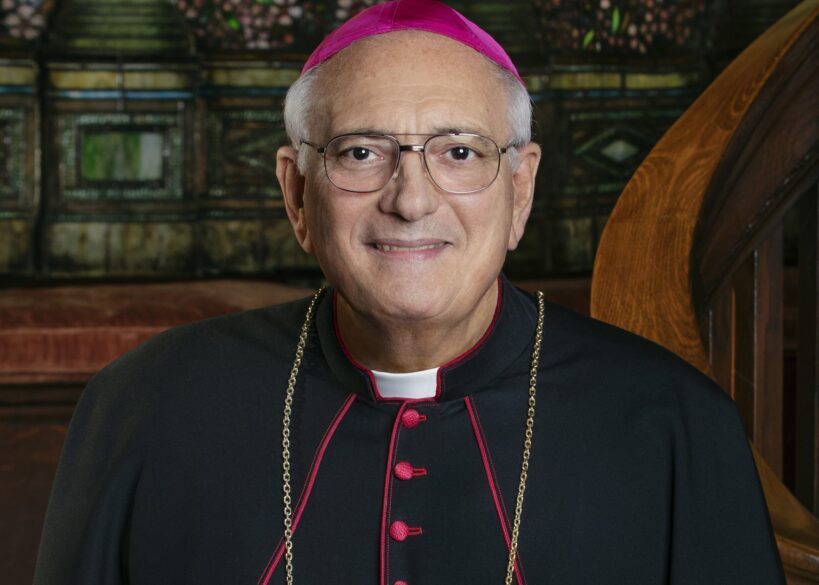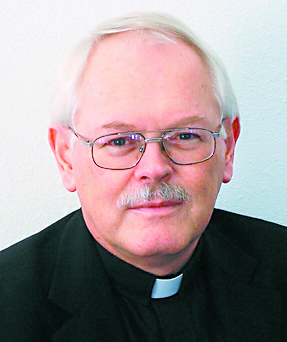
IN EXILE
By Father Ron Rolheiser, OMI
My father died when I was twenty-three, a seminarian, green, still learning about life. It’s hard to lose your father at any age, and my grief was compounded by the fact that I had just begun to appreciate what he had given me.
Only later did I realize that I no longer needed him, though I still very much wanted him. What he had to give me, he had already given. I had his blessing.
I knew I had his blessing. My life and the direction it had taken pleased him. Like God’s voice at the baptism of his Jesus, he had already communicated to me: You are my son in whom I am well pleased. Not everyone is that lucky. That’s about as much as a person may ask from a father.
And what did he leave me and the rest of his offspring?
Too much to name, but among other things, moral steadiness. He was one of the most moral people I have ever known, allowing himself minimal moral compromise. He wasn’t a man who bought the line that we are only human and so it’s okay to allow ourselves some exemptions. He used to famously tell us: “Anyone can show me humanity; I need someone to show me divinity!” He expected you not to fail, to live up to what faith and morality asked of you, to not make excuses. If we, his family, inhaled anything from his presence, it was this moral stubbornness.
Beyond this, he had a steady, almost pathological sanity. Today we joke that moderation was his only excess. There were no hysterical outbursts, no depressions, no giddiness, no lack of steadiness, no having to guess where his soul and psyche might be on a given day.
With that steadiness, along with my mother’s supporting presence, he made for us a home that was always a safe cocoon, a boring place sometimes, but always a safe one. When I think of the home where I grew up, I think of a safe shelter where you could look at the storms outside from a place of warmth and security. Again, not everyone is that lucky.
And because we were a large family and his love and attention had to be shared with multiple siblings, I never thought of him as “my” father, but always as “our” father. This has helped me grasp the first challenge in the Lord’s Prayer, namely, that God is “Our” Father, whom we share with others, not a private entity.
Moreover, his family extended to more than his own children. I learned early not to resent the fact that he couldn’t always be with us, that he had good reasons to be elsewhere: work, community, church, hospital and school boards, political involvement. He was an elder for a wider family than just our own.
Finally, not least, he blessed me and my brothers and sisters with a love for baseball. He managed a local baseball team for many years. This was his particular place where he could enjoy some Sabbath.
But blessings never come pure. My father was human, and a man’s greatest strength is often too his greatest weakness. In all that moral fiber and rock-solid sanity, there was also a reticence that sometimes didn’t allow him to fully drink in life’s exuberance. Every son watches how his father dances and unconsciously sizes him up against certain things – hesitancy, fluidity, abandonment, exhibitionism, momentary irrationality, irresponsibility.
My father never had much fluidity or abandon to his dance step, and I have inherited that, something that can pain me deeply. There were times, both as a child and as an adult, when, in a given situation, I would have traded my father for a dad who had a more fluid dance step, for someone with a little less reticence in the face of life’s exuberance.
And that is partly my struggle to receive his full blessing. I’m often reminded of William Blake’s famous line in Infant Sorrow, where he mentions “Struggling in my father’s hands.” For me, that means struggling at times with my dad’s reticence to simply let go and drink in life’s full gift.
But, if there was hesitancy, there was no irresponsibility in his dance, even if sometimes that meant standing outside the dance. I was grieved at his funeral, but proud too, proud of the respect that was poured out for him, for the way he lived his life. There was no judgment that day on his reticence.
I’m older now than he was when he died. My earthly days now outnumber his by fifteen years. But I still live inside his blessing, consciously and unconsciously, striving to measure up, to honor what he gave me. And mostly that’s good, though I also have moments when I find myself standing outside of life’s exuberance, looking in at the dance, reticent, his look on my face, feeling a certain envy of those who have a more fluid dance step – me, ever my father’s son.
(Oblate Father Ron Rolheiser is a theologian, teacher and award-winning author. He can be contacted through his website www.ronrolheiser.com.)

